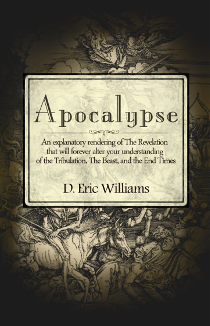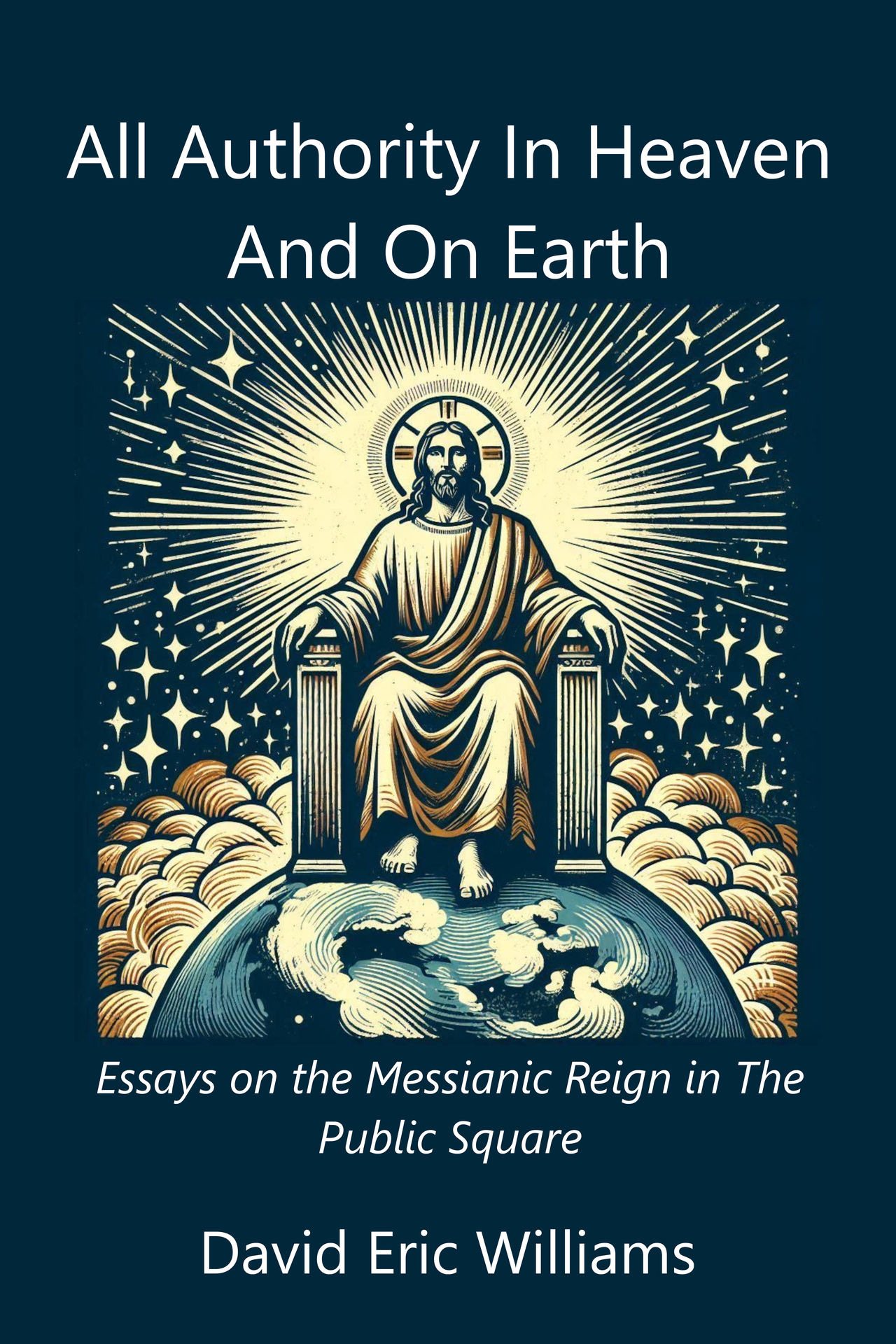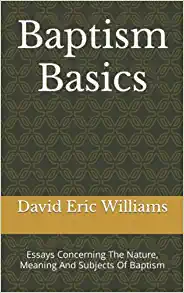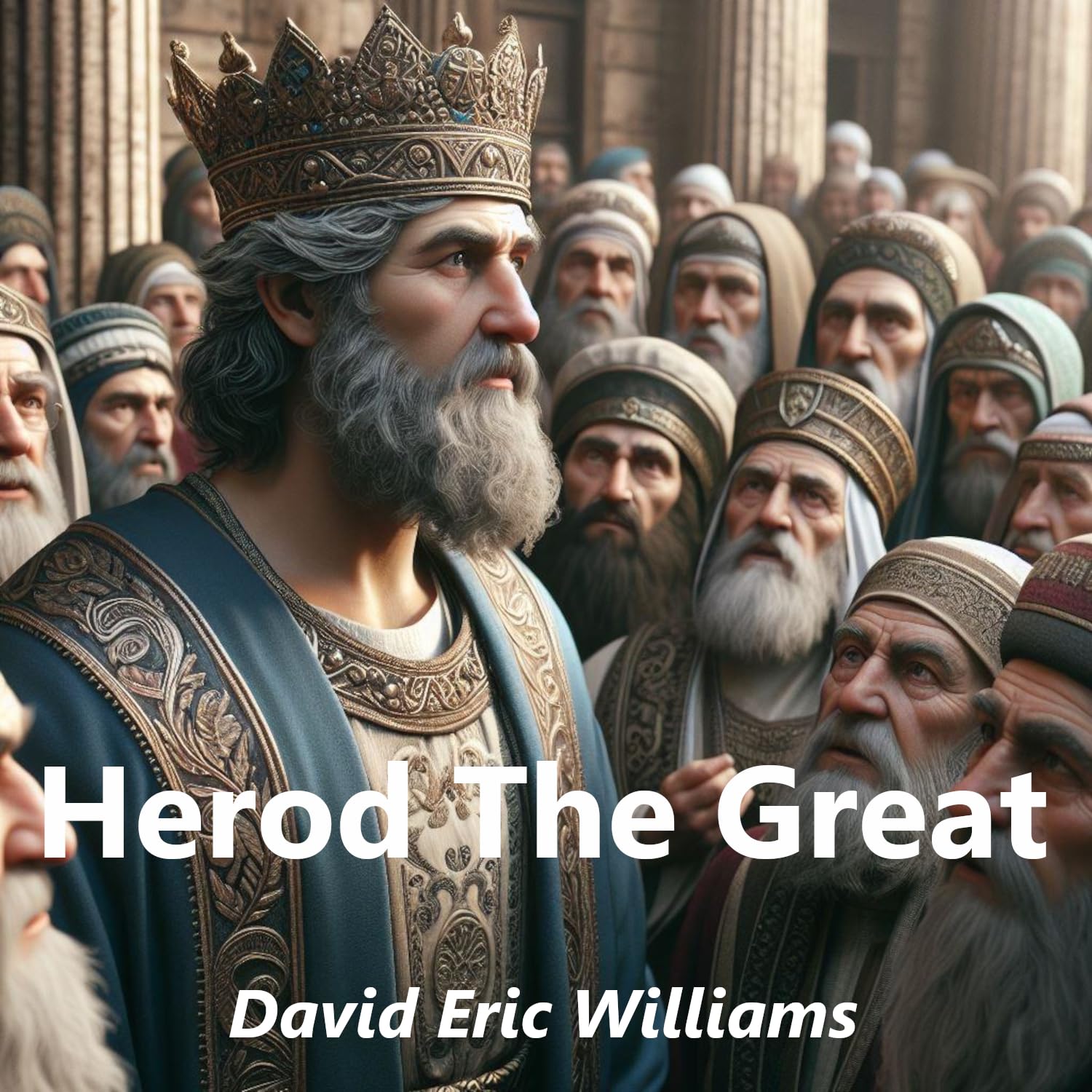Apocalypse 4
© 06.22.2014 By David Eric Williams
This article appeared in the June 26 edition of the Cottonwood Chronicle
 When we apply the principle of interpreting the Bible according to the understanding of the original audience, we are able to make sense of otherwise unclear passages. This is especially true when reading The Revelation. Yet the task of interpretation does not end with the apprehension of the elemental meaning. Once we have determined how the text would have been understood by the first audience, we need to discern its application to our modern world. For example, the first verse of The Revelation might read something like this: This is the message making it known that Jesus Christ is the goal and fulfillment of God's purpose in creation. Jesus fulfills all of God's promises to Israel and is the reigning king of the universe. This is the message God the Father gave to Jesus, the mediator, so his servants would understand that he is the victorious one. It is given to prepare them for the events surrounding the realization of Jesus' lordship; for the end of the old covenant age and the events associated with the transition from the old to the new will take place very soon. The status of Jesus was presented in symbolic language by an angel to Christ's servant, John.
When we apply the principle of interpreting the Bible according to the understanding of the original audience, we are able to make sense of otherwise unclear passages. This is especially true when reading The Revelation. Yet the task of interpretation does not end with the apprehension of the elemental meaning. Once we have determined how the text would have been understood by the first audience, we need to discern its application to our modern world. For example, the first verse of The Revelation might read something like this: This is the message making it known that Jesus Christ is the goal and fulfillment of God's purpose in creation. Jesus fulfills all of God's promises to Israel and is the reigning king of the universe. This is the message God the Father gave to Jesus, the mediator, so his servants would understand that he is the victorious one. It is given to prepare them for the events surrounding the realization of Jesus' lordship; for the end of the old covenant age and the events associated with the transition from the old to the new will take place very soon. The status of Jesus was presented in symbolic language by an angel to Christ's servant, John.
The first three words of The Revelation 1:1, apokalupsis iesous christos, tip us off to the fact that the prophecy is designed to make something known about Jesus. First century readers would have been familiar with the apocalyptic genre and thus would have known the prophecy was designed to reveal the purpose of God in Christ, not to hide it. They would have understood that apocalyptic writing was rich with meaning and was often used because the symbols of that particular literary style were able to convey more than was possible with literal language.
Moreover, by the time The Revelation was written, first century Christians would have been convinced that Israel's one God had returned in person to redeem his people, and had done so in the person of Jesus the Christ (Luke 1:68-69, 7:16, 19:44, 24:21, Galatians 4:5, cf. Isaiah 41:14, 43:14, 44:6, 24 etc.). Therefore, they would have understood that the purpose of God's creation and the promises of his covenant had found their fulfillment in Jesus (2 Corinthians 1:20, Galatians 3:15-29, Acts 13:32-33 etc.), They would have recognized Jesus as the reigning king of the universe (Matthew 11:27, 28:18-20, cf. Psalms 2:6-9, 89:19, 27 etc.).
From that point, they would have continued to read the rest of The Revelation in light of the older testament. In other words, they would have used Scripture to interpret the meaning of the symbols in the prophecy. We are supposed to do the same thing. Hence, we understand that The Revelation was crucial to the survival of the early Church. The things written in the prophecy were to take place in the first century, therefore it was imperative the original readers understood the missive. Thus, any modern interpretation that indulges in "newspaper exegesis" lands very wide of the mark.
(We will continue this course of investigation in a couple weeks. In the meantime I invite the interested reader to examine a copy of Apocalypse: An Explanatory Rendering Of The Revelation That Will Forever Alter Your Understanding Of The Tribulation, The Beast, And The End Times, available at Amazon.com or through your local book store.)
Entire Site Copyright © 2025 By David Eric Williams










